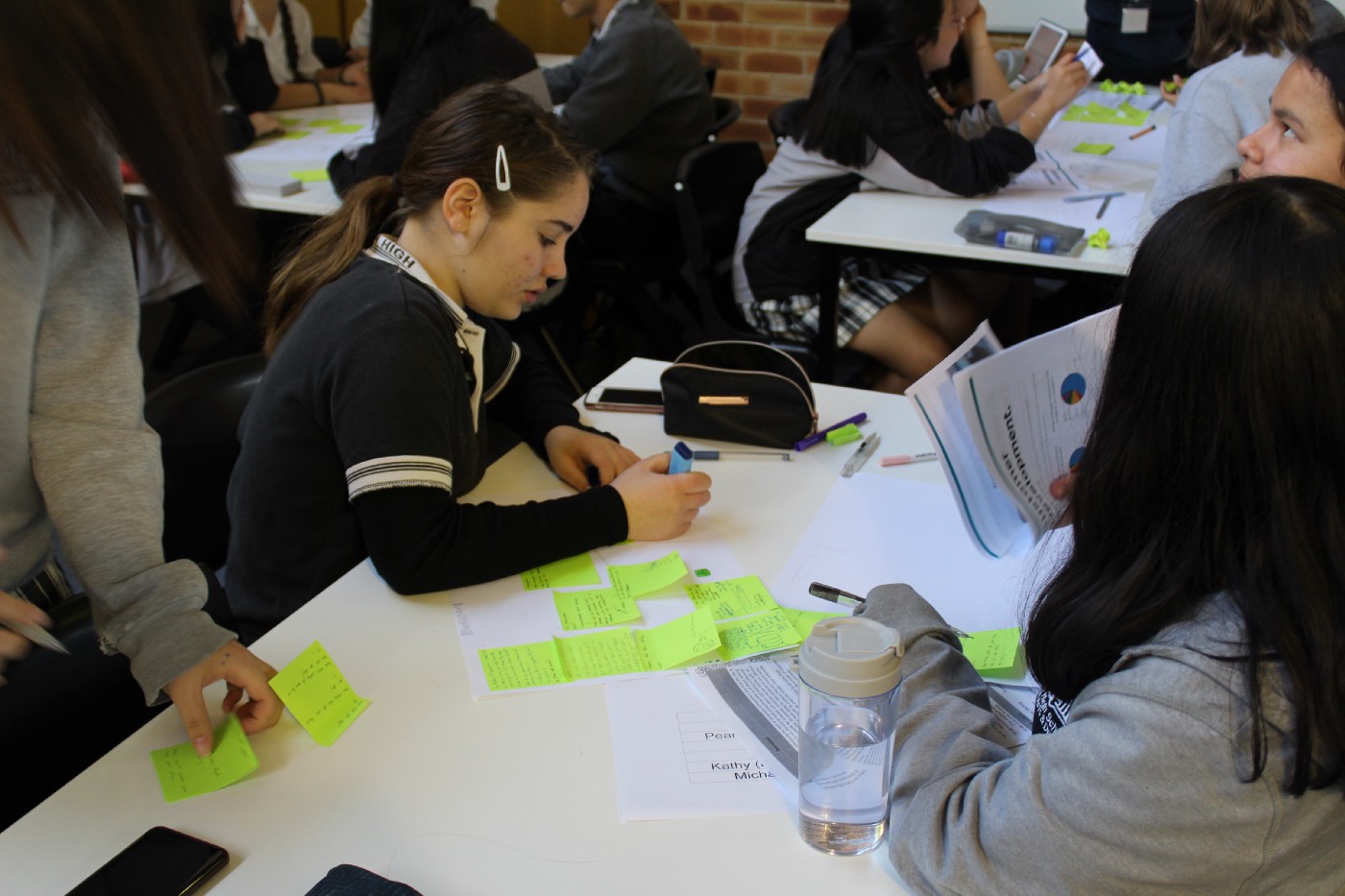September 14, 2020
“Imagine a classroom environment where students are diligently working on their projects and directing their own learning to reach both personal and academic goals”

Here at Generation Entrepreneur, we seek to inspire students about Entrepreneurship and build their skills for both their schooling and future careers. Our program Startup 101 builds these skills through our workshops however these skills can also be reinforced in the classroom by you; their teacher.
Within the classroom, teaching can take a different form as our understanding of how individuals learn and prepare for the future increases. Instead of being the teacher teaching the same things at the front of the classroom, be the teacher that supports students as they independently explore, learn and solve problems that they are truly passionate about!
Entrepreneurship and SDLMI
SDLMI (Self-Determined Learning Model of Instruction), places a massive focus on developing students’ self-determination skills and prepares them for their transition post-school.
This enables students to develop and practice entrepreneurship skills within the school on a regular basis, not only through instruction and learning but also through assessments.
“A model of teaching that supports students’ self-determination skills to independently regulate and direct their learning”
What is SDLMI?
SDLMI is a model of teaching designed to enable students to set their own goals, develop plans to reach them, and track progress towards these goals through their choices. It focuses on providing students with the training and opportunities to independently direct, regulate and take responsibility for their learning process.
Why use SDLMI?
The flexibility of SDLMI allows students to set goals aligned to the core learning content and then proceed to meet those learning goals. This method of instruction accommodates for modification/use with the syllabus requirements and outcomes.
This model is recognised through rigorous studies to be effective to boost students’ academic outcomes, improving their transition of knowledge and skills, and future employment opportunities. It is also recognized as an Evidence-Based Practice (EBP); effective for both students with and without disabilities in many different instructional settings.
Applying SDLMI
Your role as the teacher:
- Facilitator: To enable students to succeed by providing support without being the authoritative figure that has all the answers (because none of us do).
- Instructor: To share your expertise in specific areas and encourage the view that you are a valuable resource that enables them to achieve their goal.
- Advocate: To provide encouragement and collaborate with the student in achieving the shared goal.
SDLMI is divided into three distinct phases of instruction:
- Setting a goal
- Taking action
- Adjusting goal or plan.
To assist instruction of each of these phases, there are three SDLMI Components for each phase:
- 4 Questions designed to guide students
- Teacher objectives for students
- Suggested educational supports
Using these resources, you can teach SDLMI through smaller lessons focusing on one student question over time, allowing students to work on their goal while reflecting on their progress through whole group and small group discussions.
At the end of each lesson, you can use student feedback to gauge the effectiveness of instruction and plan future instruction accordingly.
SDLMI can be used in many areas, especially when students are expected to work on a class assignment or project that is aligned with the teaching content to build valuable skills.



